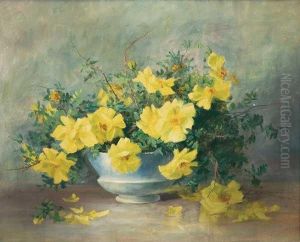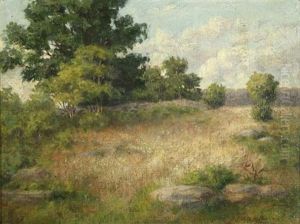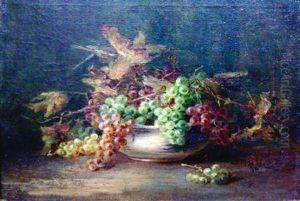Lydia Mariah Brewster Hubbard Paintings
Lydia Mariah Brewster Hubbard was an American artist born in 1806, notable for her contributions to the field of botanical illustration during the 19th century. While not as widely recognized as some of her contemporaries, Hubbard's work is a fascinating exploration of the natural world, blending scientific accuracy with artistic beauty. Her life and career offer insight into the challenges and achievements of women artists in a period when their contributions were often undervalued or overlooked.
Hubbard's artistic journey began in her early years, growing up in a society where women's educational opportunities were limited. Despite these constraints, she developed a keen interest in botany and art, two fields that she would later combine in her professional work. Hubbard was largely self-taught, a testament to her determination and passion for learning about the natural world. She honed her skills in drawing and watercolor, focusing on plants and flowers as her primary subjects. This focus on botanical illustration was not only driven by her personal interests but also by the growing demand for detailed and accurate representations of flora in scientific publications and private collections.
Throughout her career, Hubbard contributed illustrations to various botanical texts and journals, earning recognition for her meticulous attention to detail and her ability to capture the essence of each plant she depicted. Her illustrations were celebrated for their scientific accuracy, which was crucial in an era before photography could be widely used for such purposes. Moreover, Hubbard's work reflects a broader 19th-century fascination with botany and the natural sciences, a period characterized by numerous expeditions and discoveries that expanded the knowledge of the world's flora and fauna.
Despite the barriers she faced as a woman in a male-dominated field, Hubbard's contributions to botanical illustration were significant. Her legacy lies not only in the beauty of her artwork but also in her role as a pioneer for women in the sciences and arts. After her death in 1893, Hubbard's illustrations continued to be appreciated by botanists and art lovers alike, serving as a lasting testament to her skill and dedication to capturing the beauty of the natural world.


